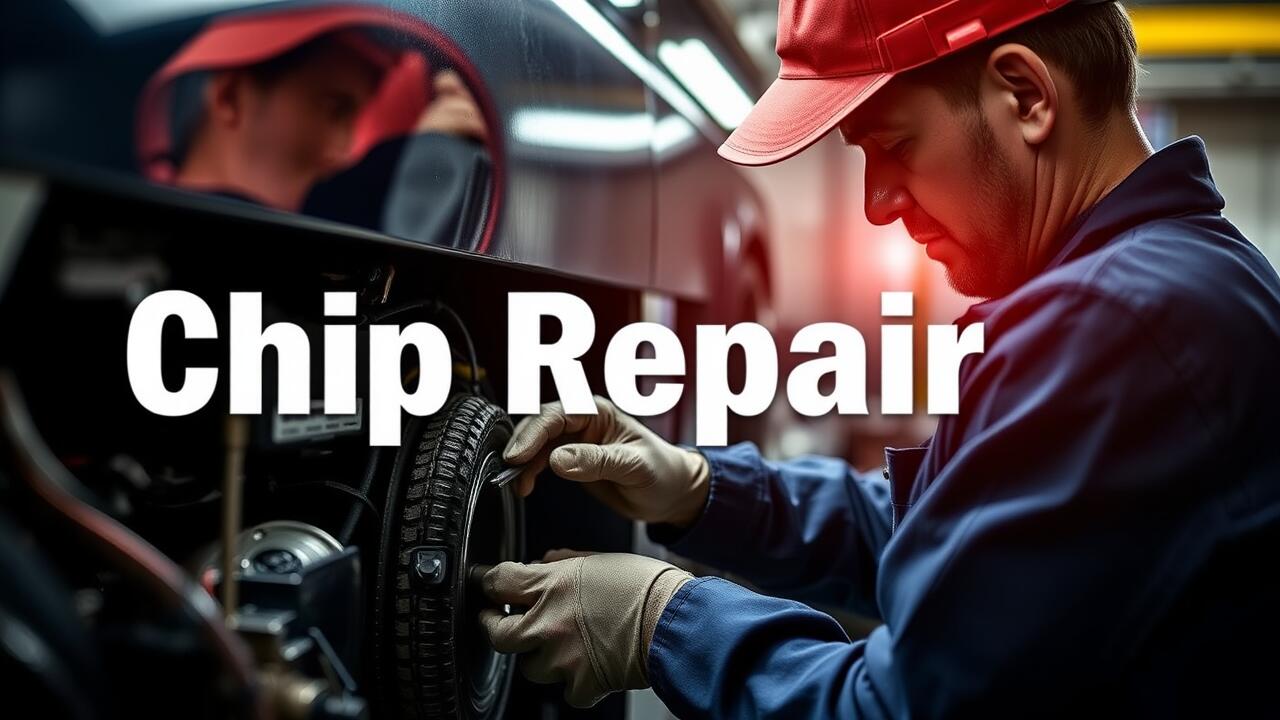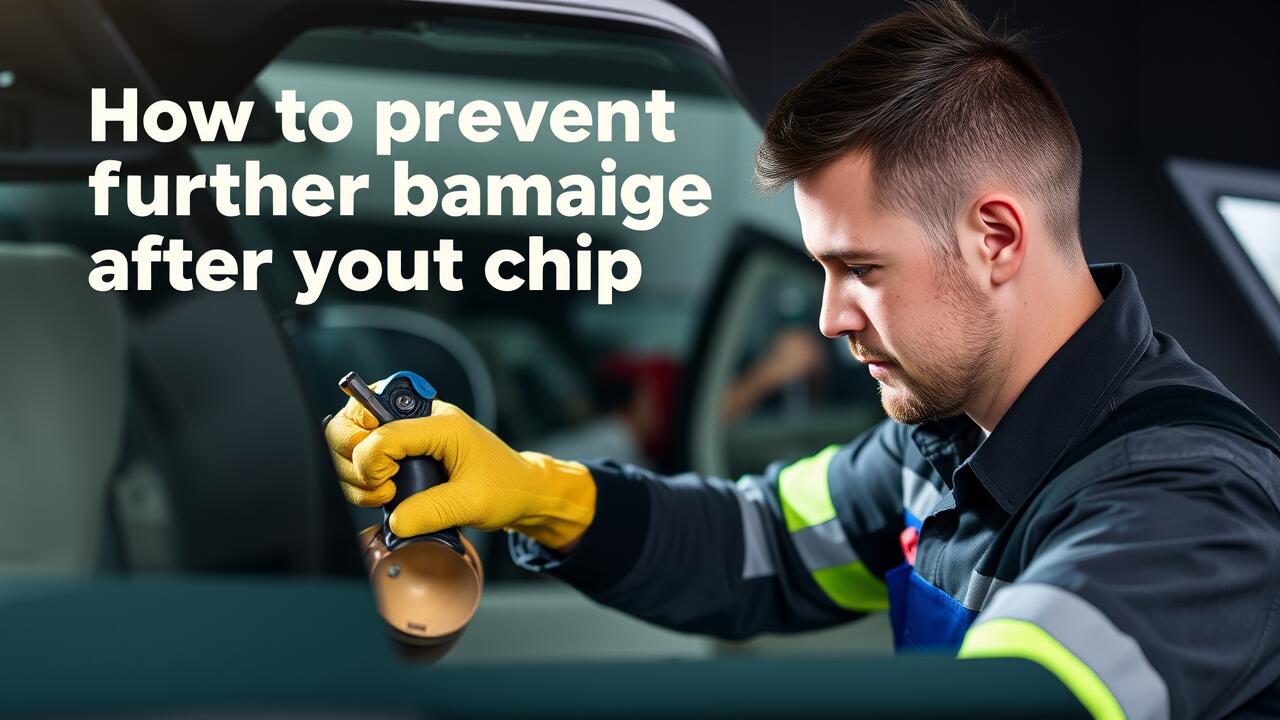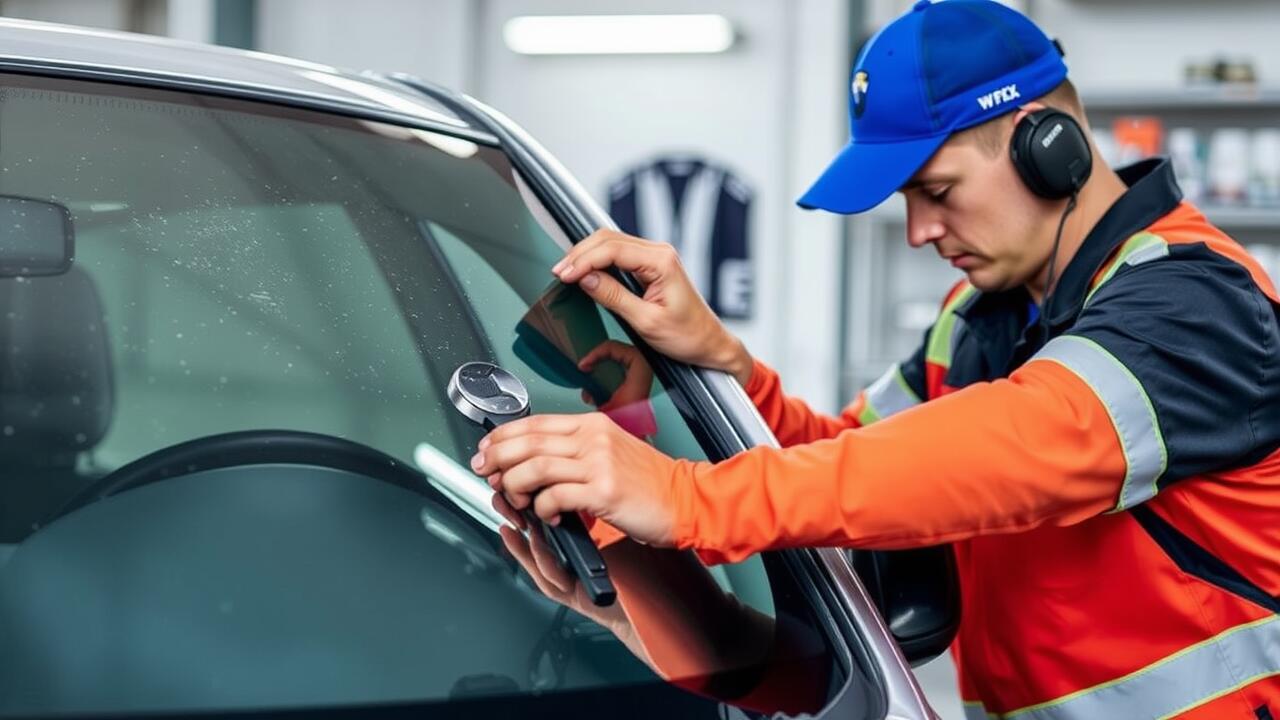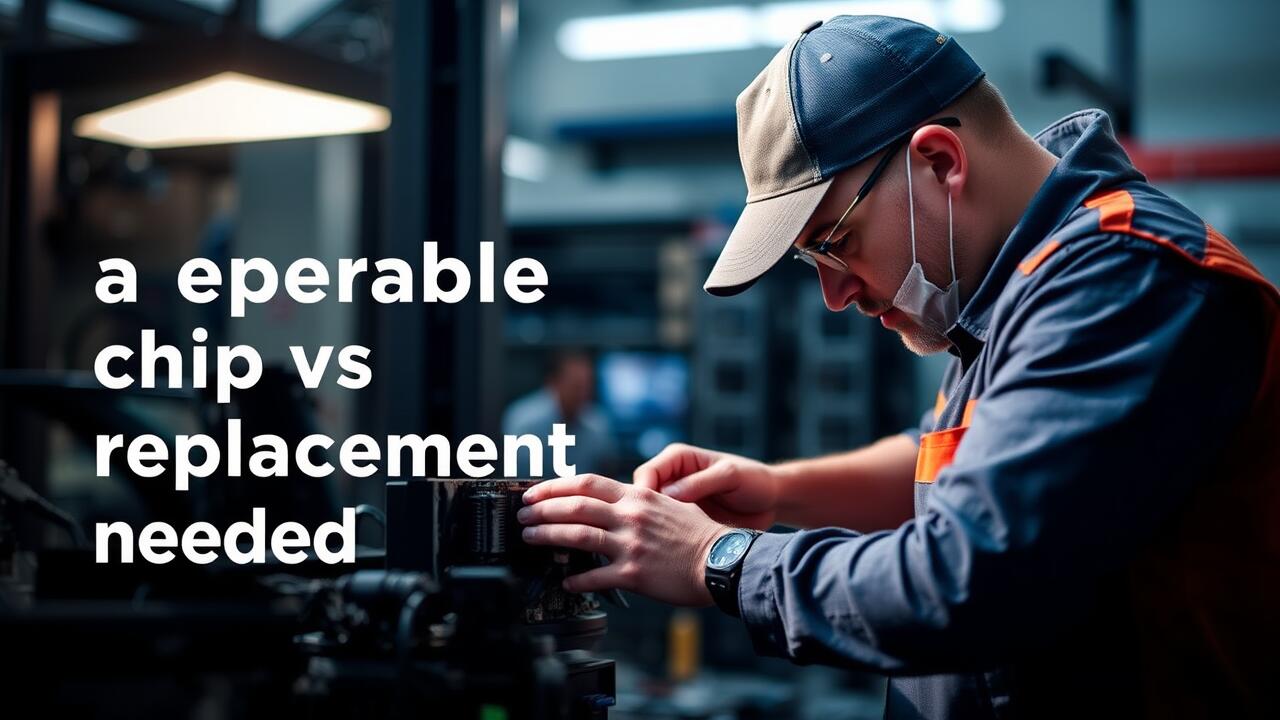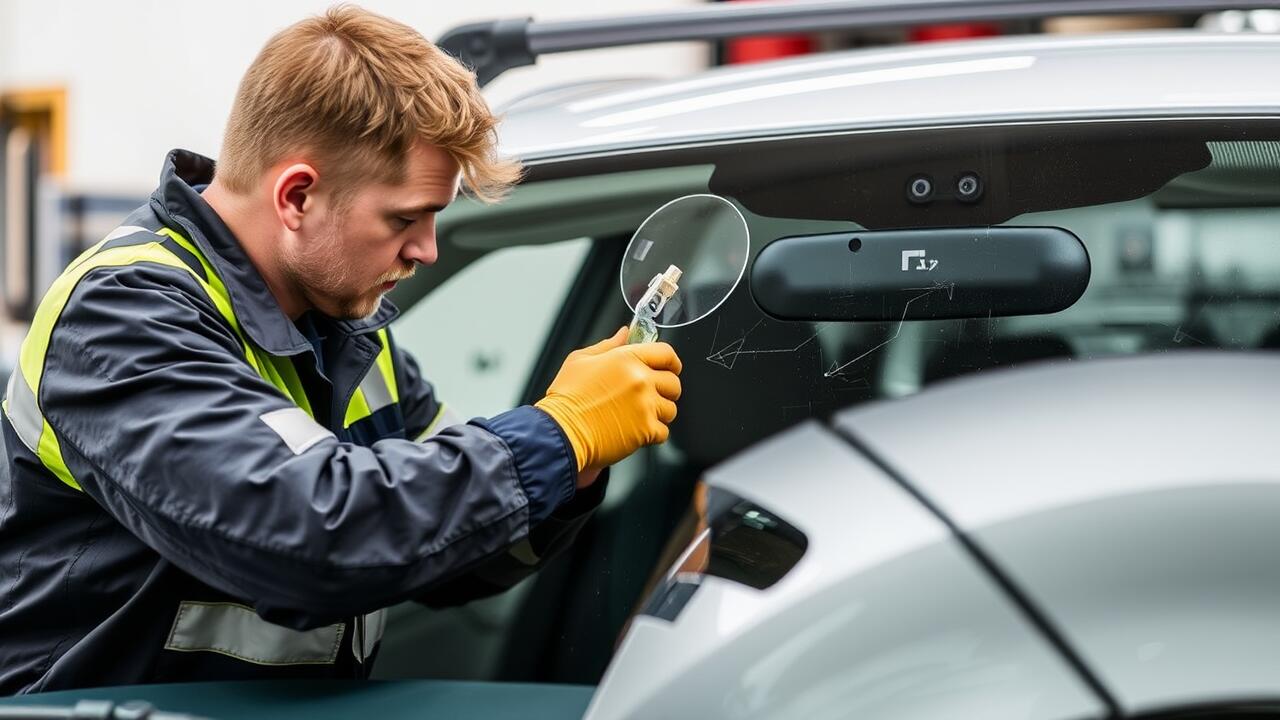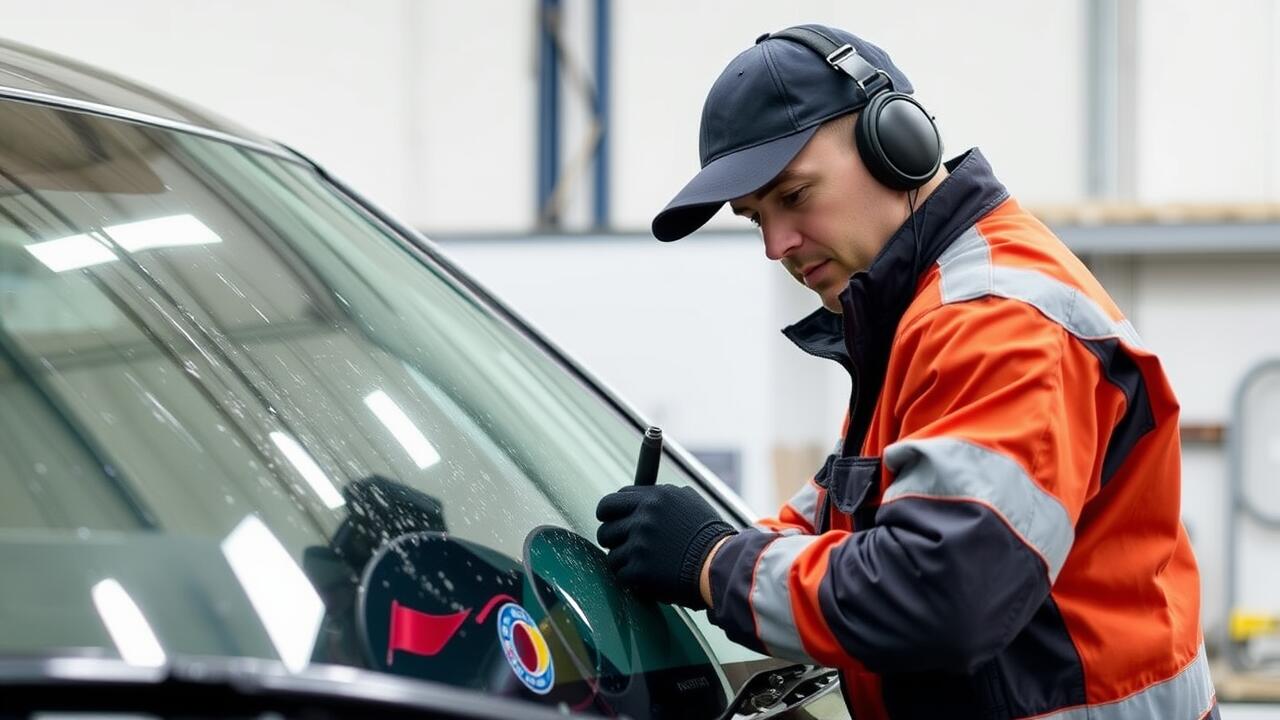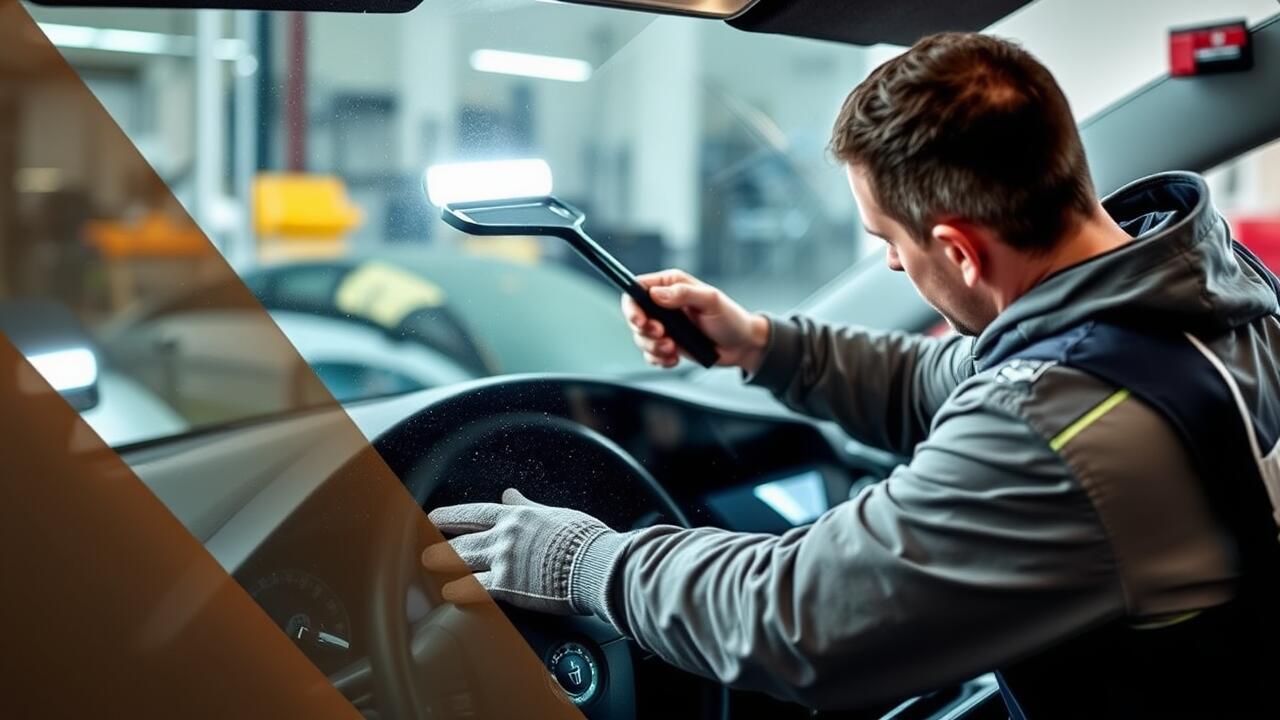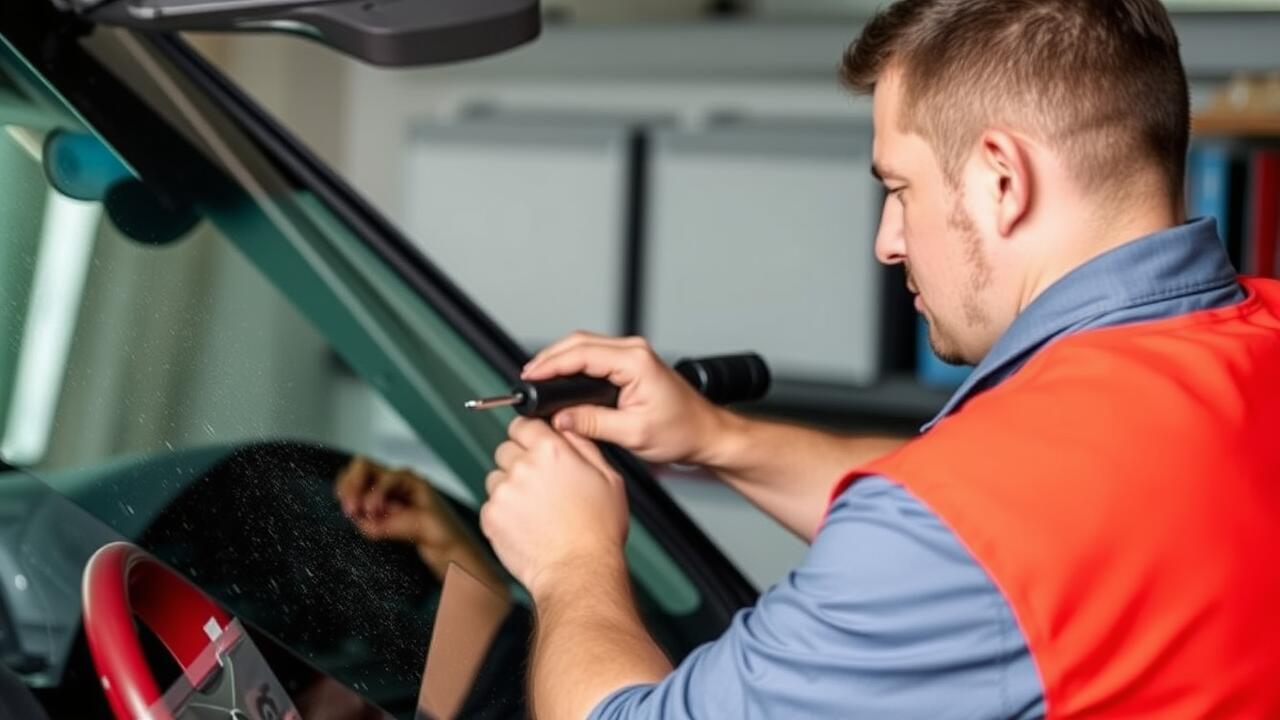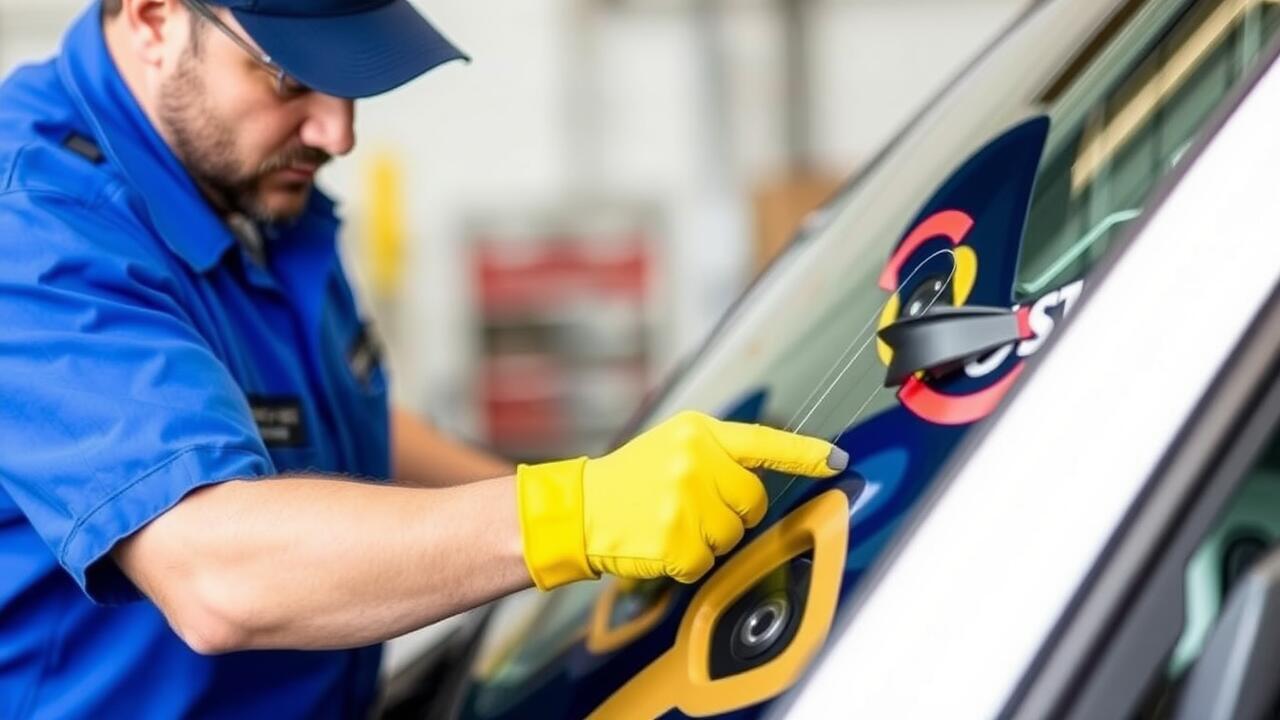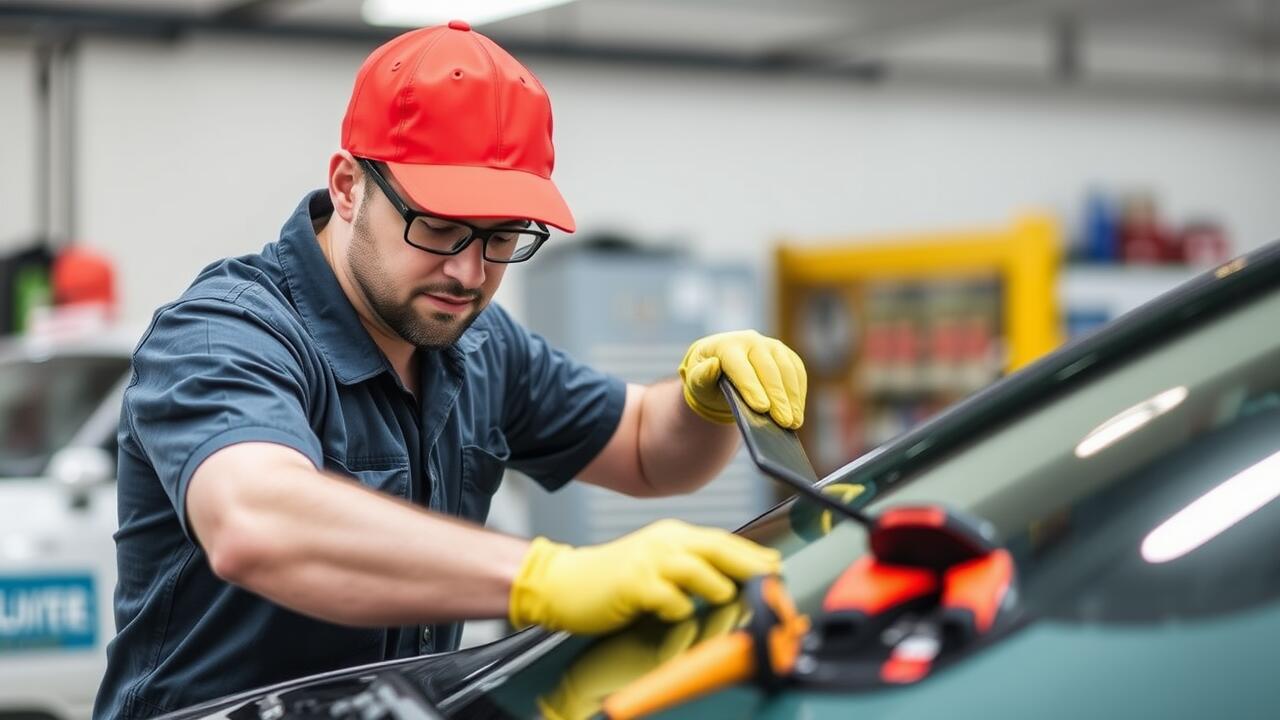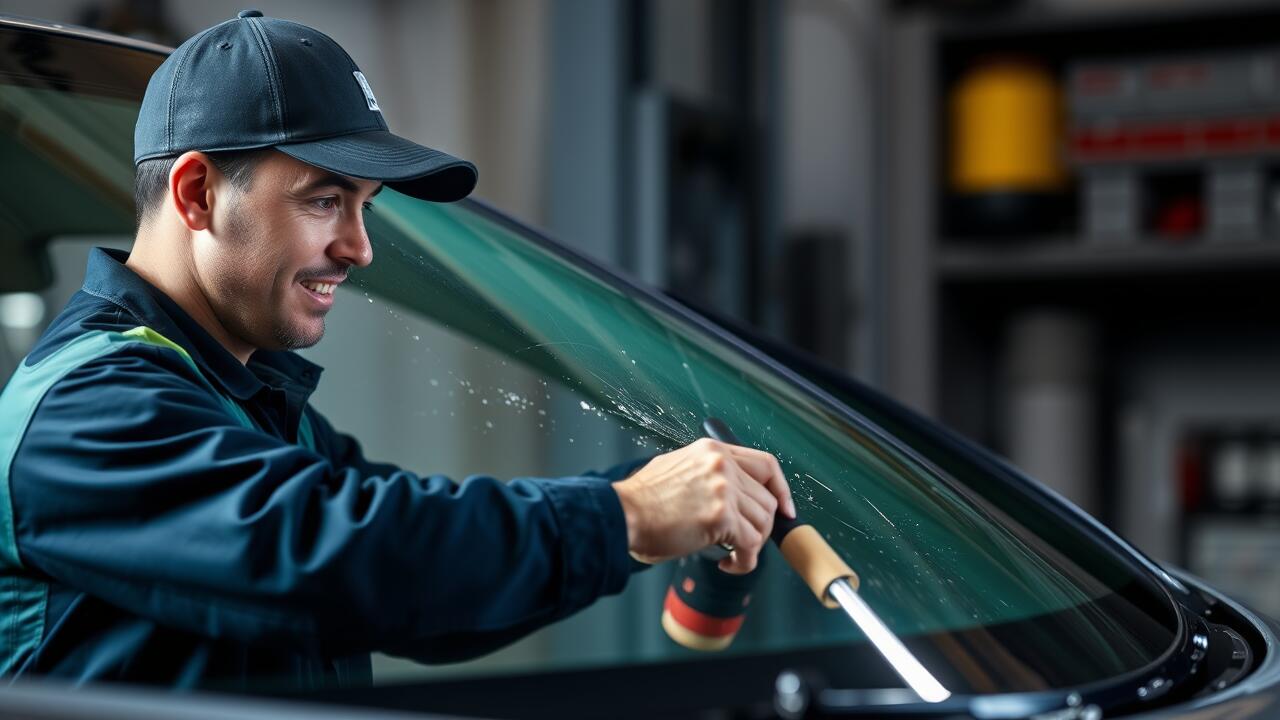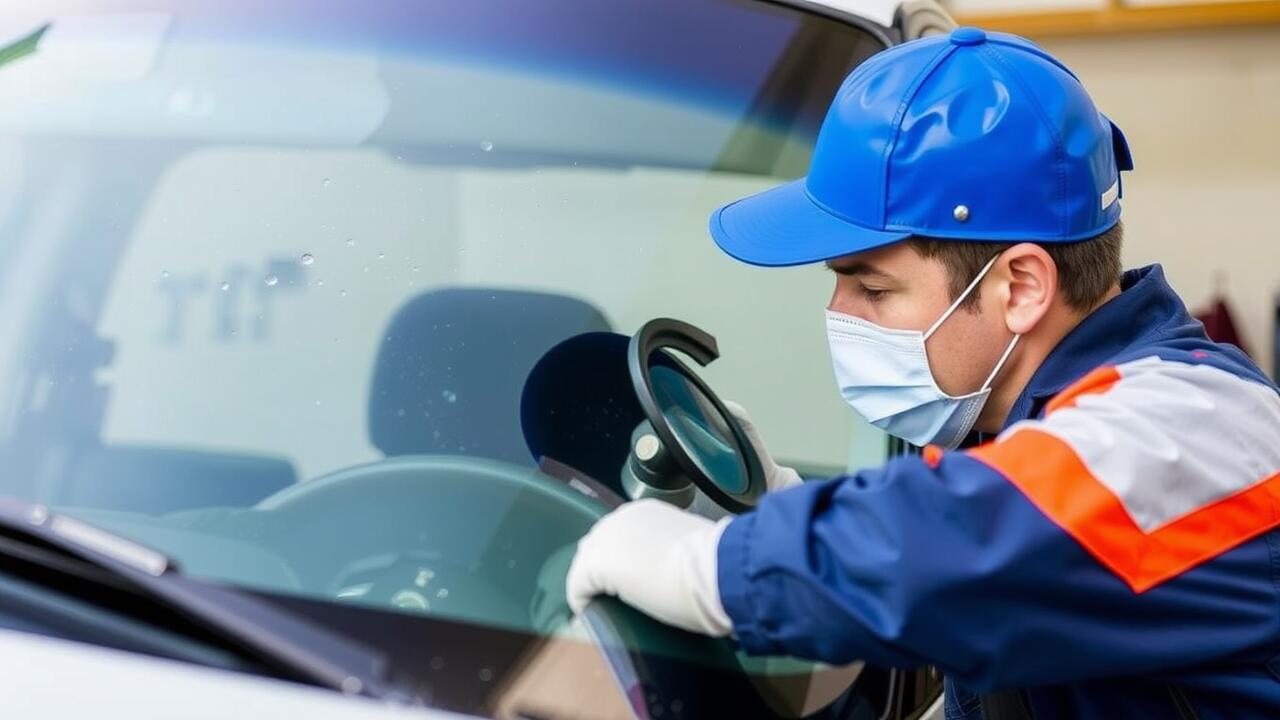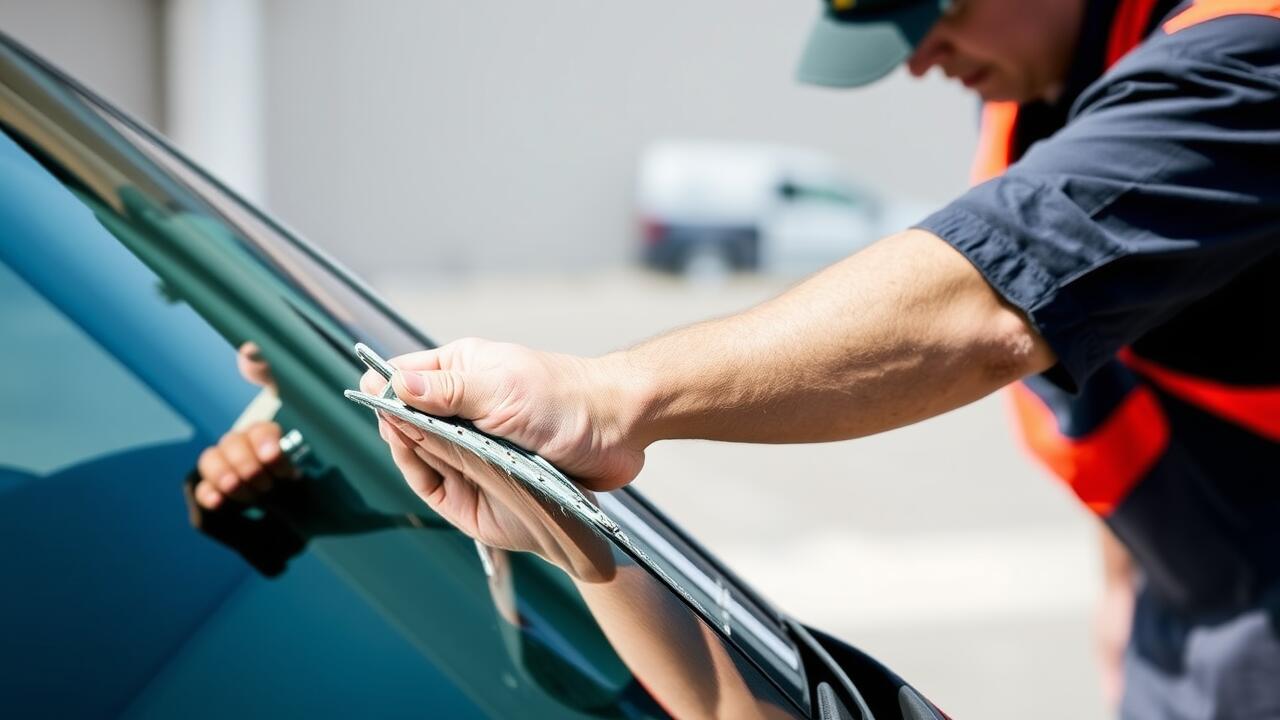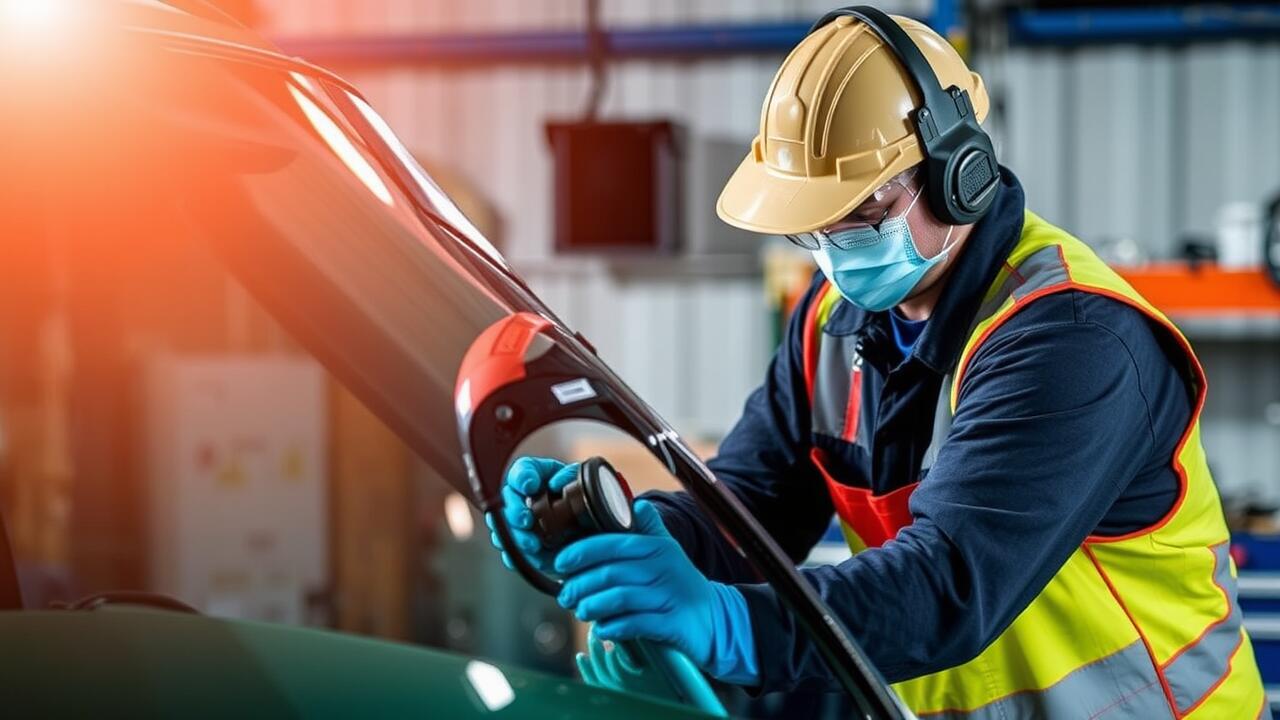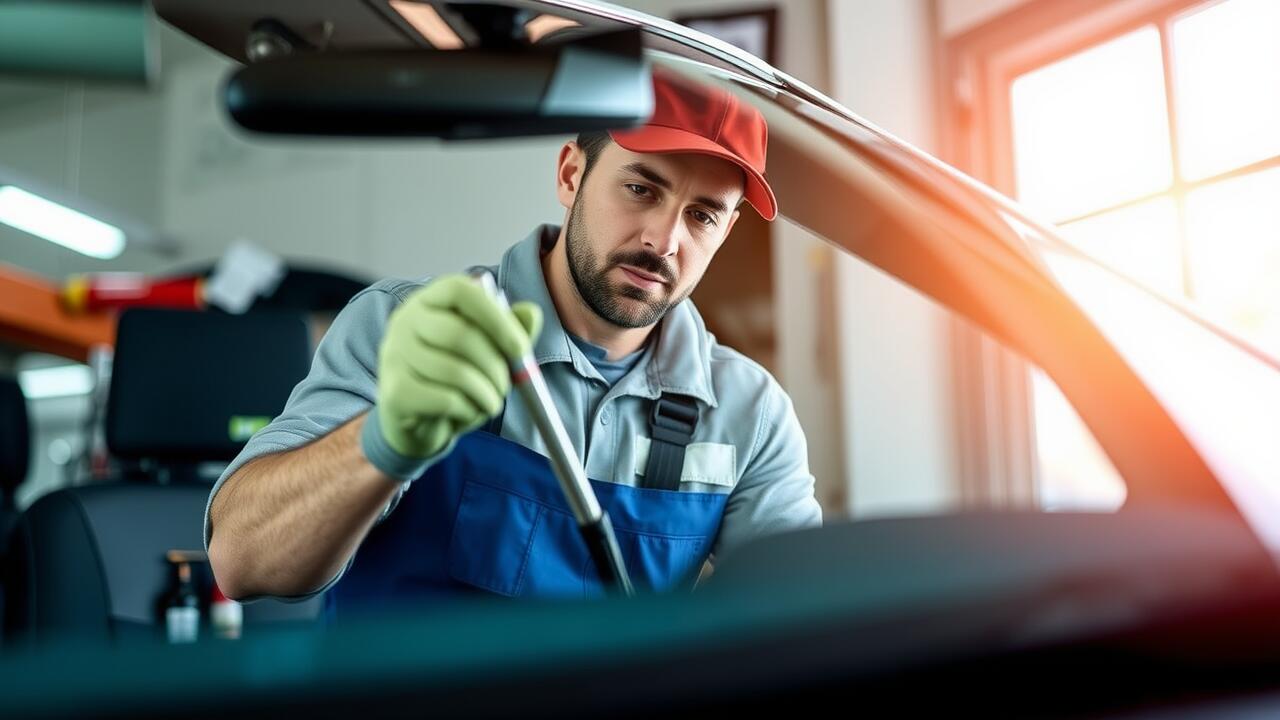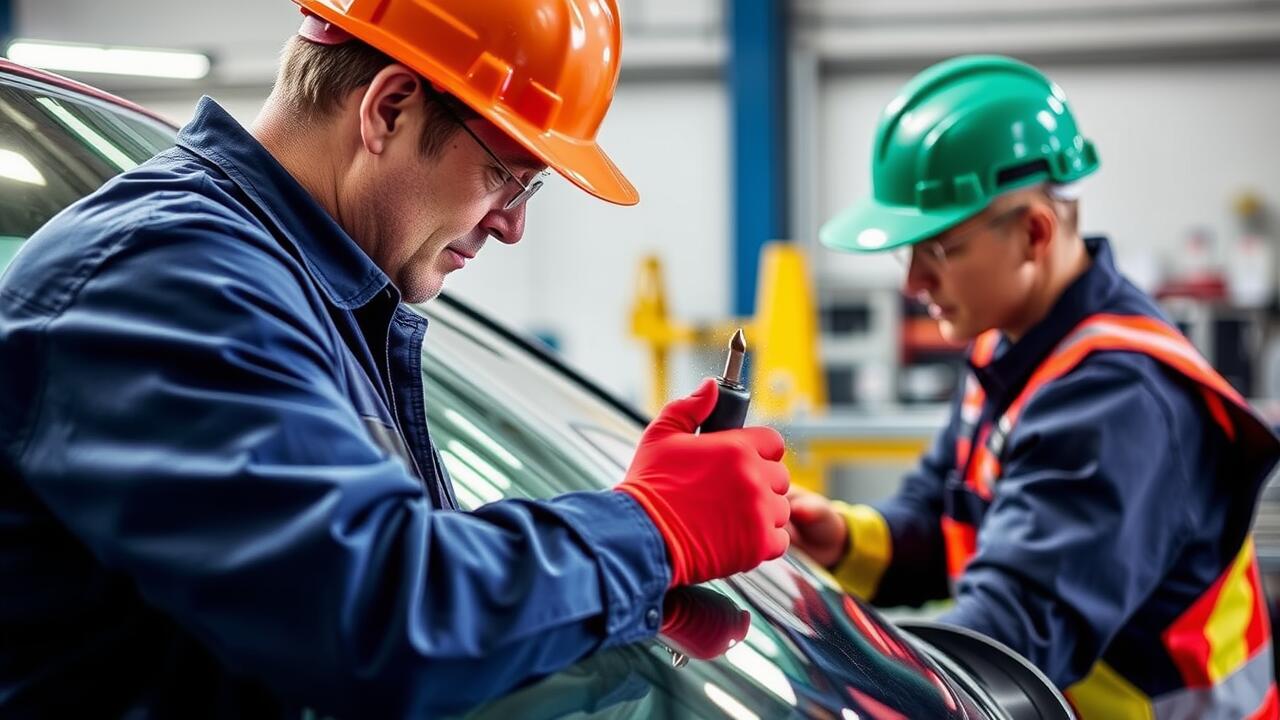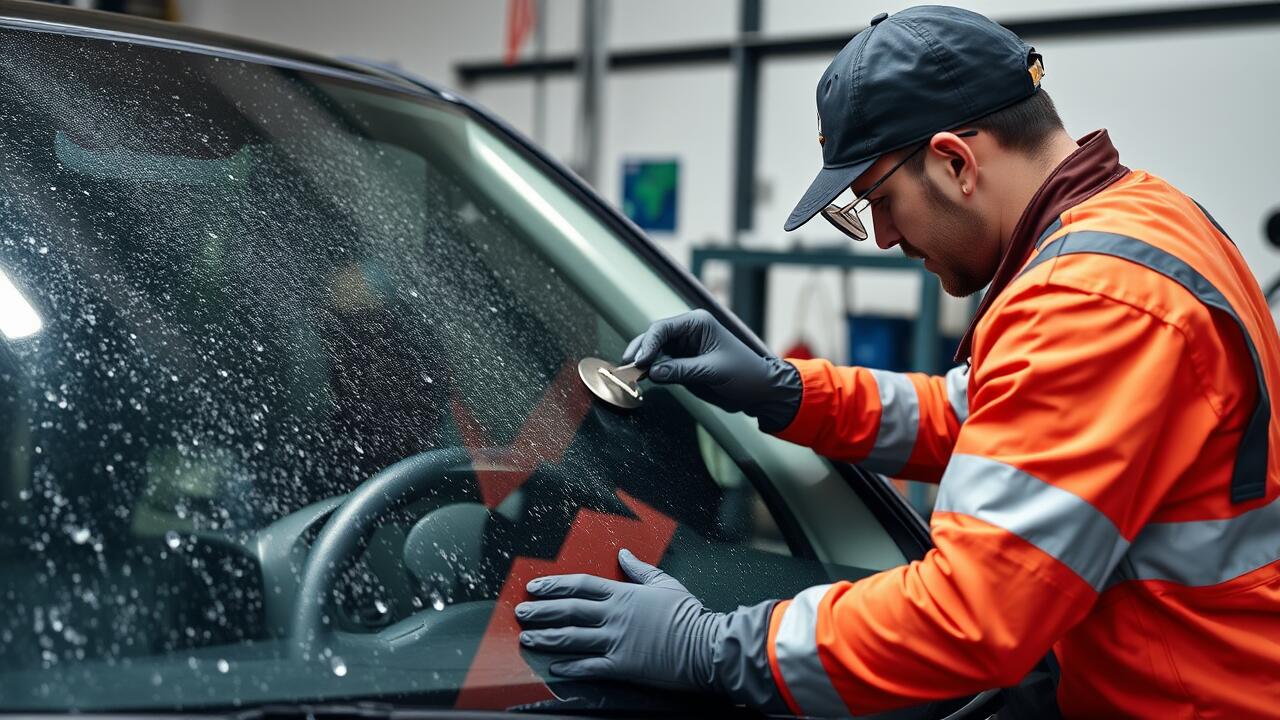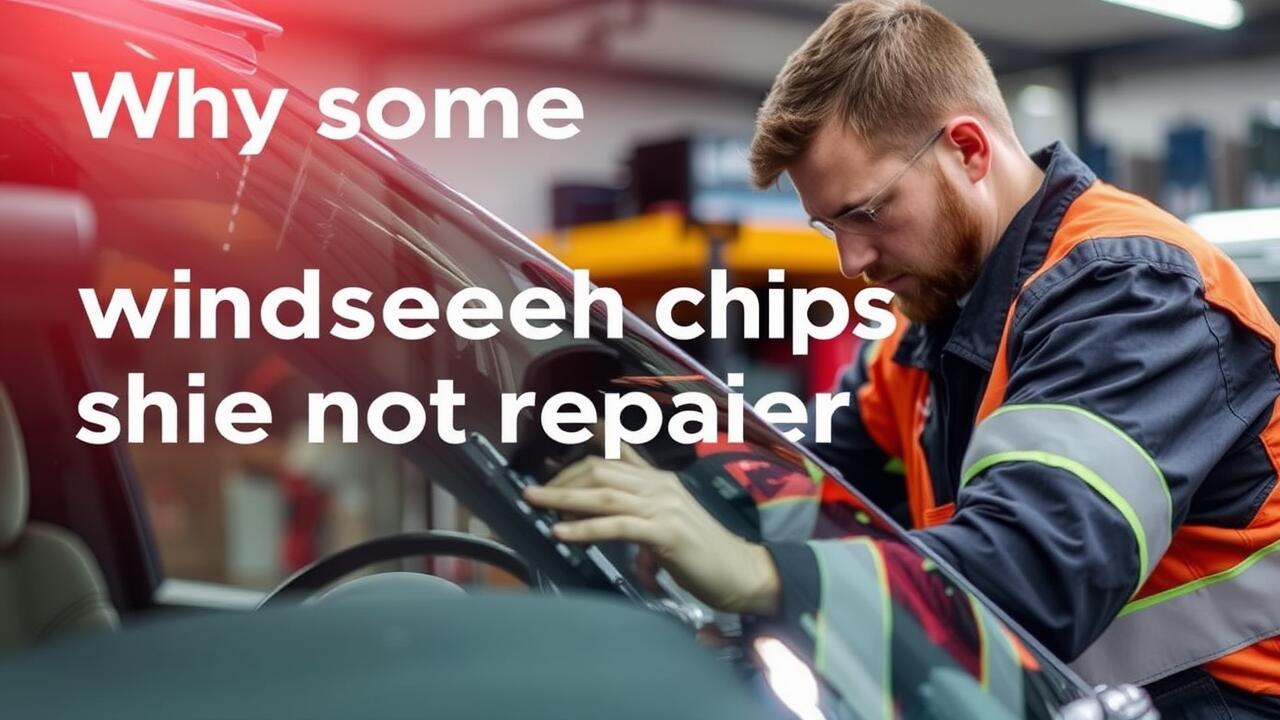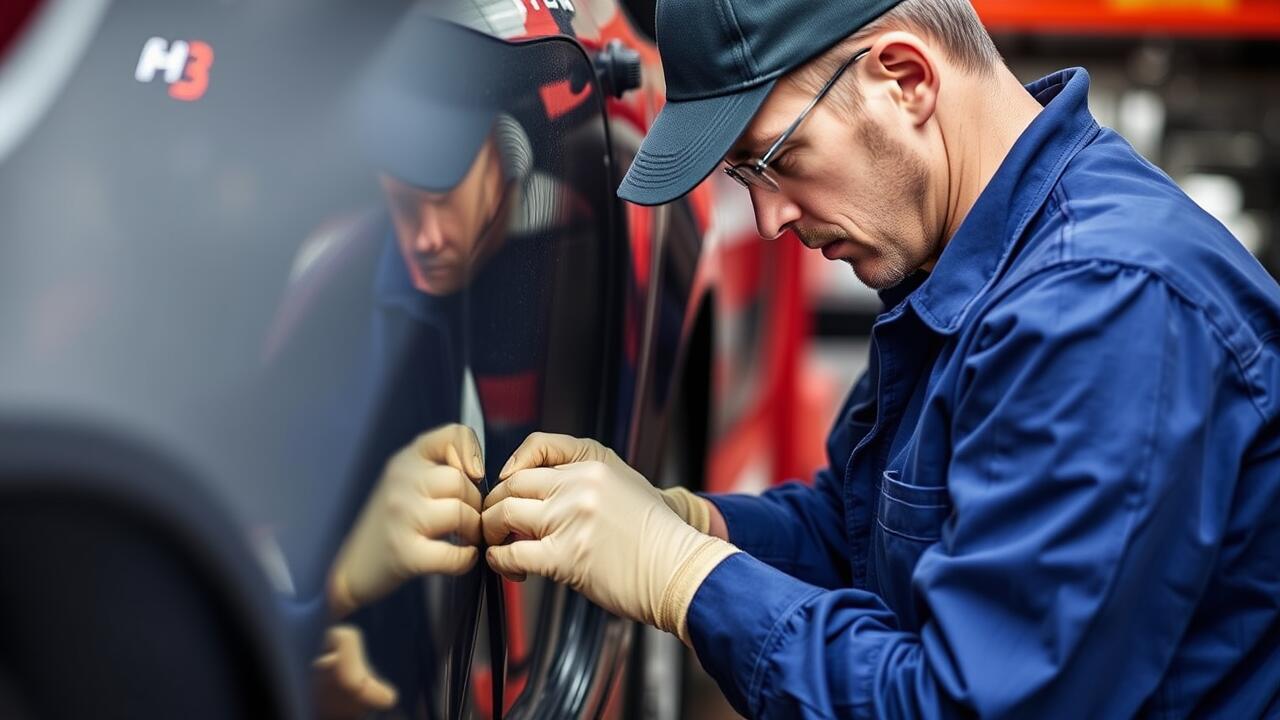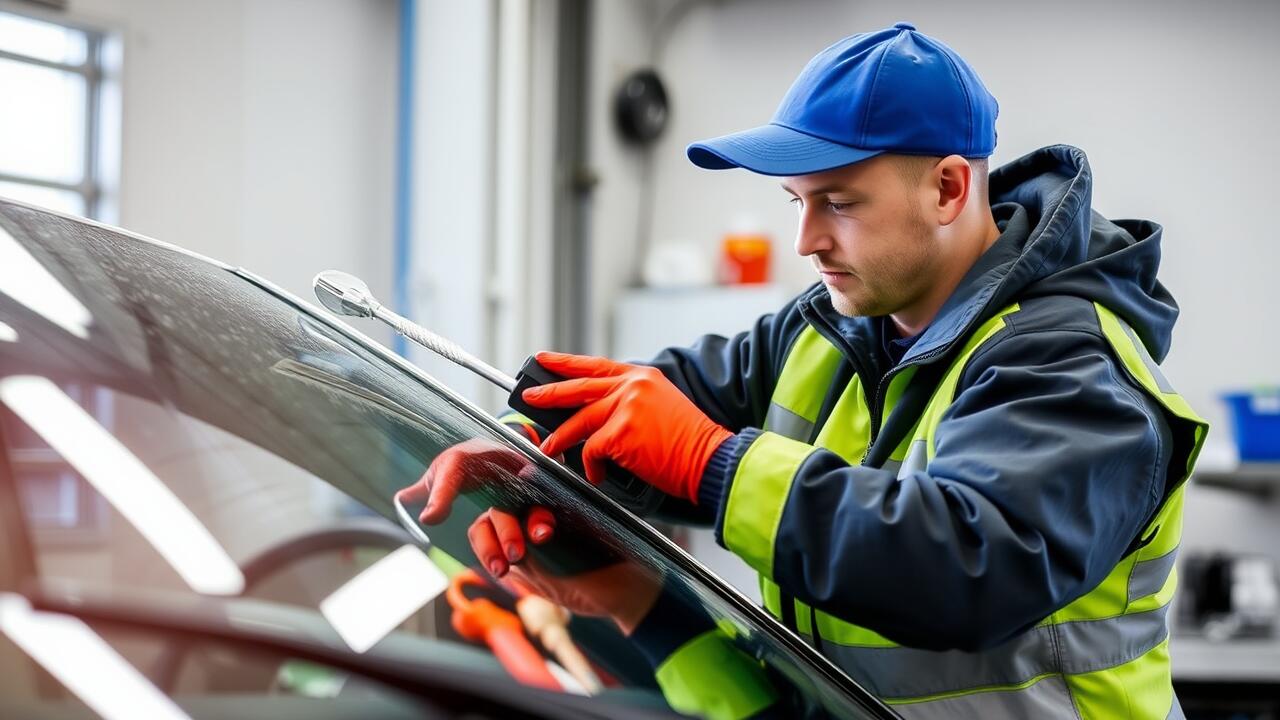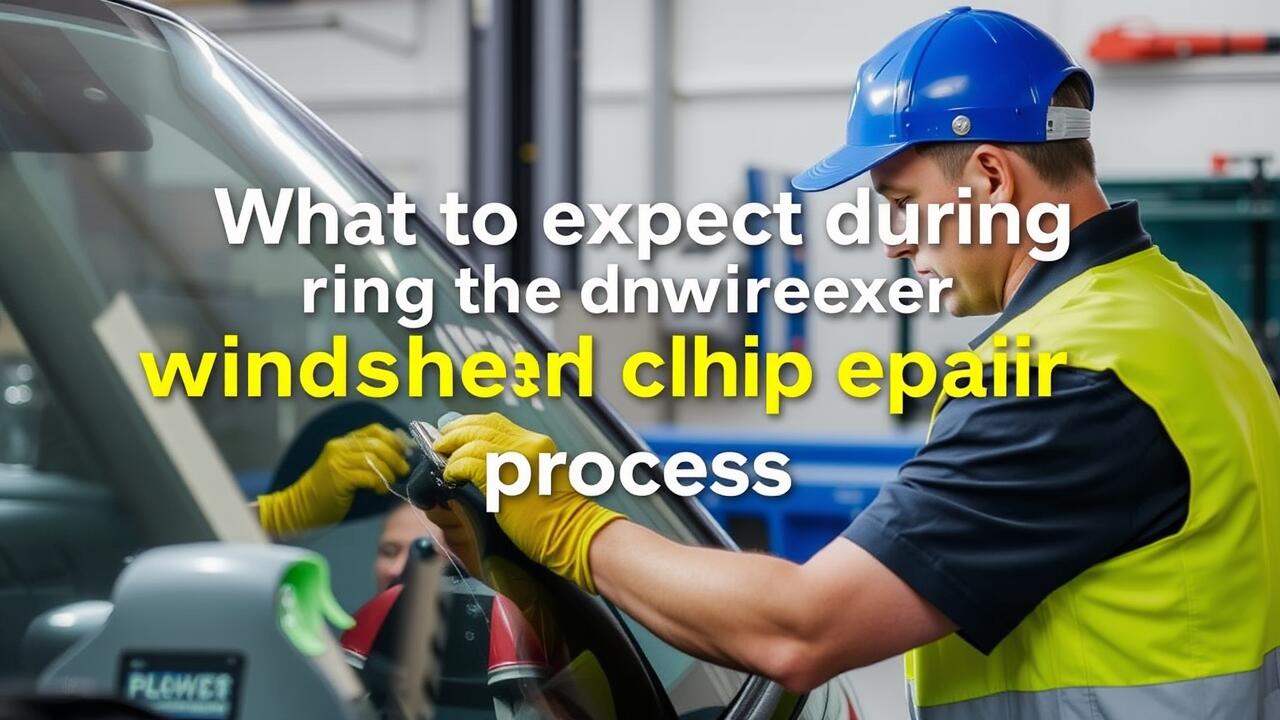
Table Of Contents
The Role of Resin in Windscreen Repair
Resin plays a crucial role in the windscreen chip repair process. This specialized adhesive is designed to fill and seal the damaged area, preventing further cracks from forming. It bonds with the glass, restoring strength to the windscreen and minimizing the likelihood of future issues. The effectiveness of the chip repair largely depends on the quality of the resin used and the skill of the technician applying it.
During the chip repair, the resin is injected into the damaged area under pressure. This ensures that it penetrates deeply into the cracks, allowing for a seamless recovery of the glass. As the resin cures, it hardens and becomes nearly invisible, which helps maintain the aesthetic integrity of the windscreen. Proper application of resin can significantly extend the lifespan of the windscreen, making it a vital component of the chip repair process.
How Resin Helps Restore Integrity
Resin plays a crucial role in the windscreen chip repair process. When applied to a chip, the resin fills the small cracks and voids, creating a strong bond that restores the structural integrity of the glass. This not only helps to prevent further spreading of the damage but also improves the overall appearance of the windscreen. The clarity of the resin matches that of the glass, allowing for a seamless finish that is essential for safety and visibility.
The application of resin is a delicate process requiring precision. Technicians use specialized tools to inject the resin into the damaged area under controlled pressure. This ensures that the resin thoroughly penetrates the fracture, which reinforces the glass rather than merely masking the damage. The effectiveness of chip repair largely depends on the quality of the resin and the skill of the technician, making it essential to choose a reputable service for optimal results.
Duration of the Repair Process
The duration of the chip repair process can vary depending on several factors. Typically, most minor windscreen chip repairs can be completed in 30 minutes to an hour. Technicians assess the damage before starting the process. If additional complications arise, such as multiple chips or extensive damage, the repair may take longer.
Many auto glass repair shops strive to accommodate customers efficiently. They often offer appointments or walk-in services to minimize wait times. While the repair itself is relatively quick, it’s important to factor in any necessary preparation or aftercare that could extend the overall duration of the chip repair experience.
Typical Timeframes to Expect
The duration of chip repair varies depending on multiple factors, including the extent of the damage and the experience of the technician. Generally, a standard windscreen chip repair can be completed within 30 minutes to an hour. In most cases, the process is straightforward and can be done while you wait, allowing vehicle owners to resume their daily activities quickly.
In some instances, larger or more complex chips may require additional time. Technicians may need to assess the damage thoroughly before proceeding with the repair. While most chips can be fixed relatively quickly, it is essential to consult with a professional for an accurate estimation of time based on the specific situation. Chip repair is generally efficient, making it a convenient option for maintaining the integrity of your windscreen.
Aftercare Instructions Post-Repair
After completing the chip repair, it’s essential to give the resin time to cure properly. Avoid exposing the repaired area to water for at least 24 hours. Keeping your windscreen free from direct sunlight during this period will also aid in the curing process. It’s advisable to refrain from using automatic car washes, as the brushes and chemicals can compromise the repair.
Once the initial curing period is over, maintain the integrity of your chip repair by cleaning the windscreen with non-abrasive solutions. Regular washing can help prevent dirt build-up around the repaired area. If you notice any changes in the appearance of the repair or if it appears to be deteriorating, seek professional advice to ensure that your windscreen remains safe and functional.
Maintaining Your Windscreen
Maintaining your windscreen after a chip repair is essential to ensure its durability and prevent further damage. Regularly inspect the repaired area for any changes, such as cracks or discoloration. Avoid exposing the windscreen to extreme temperatures shortly after the repair, as this can affect the integrity of the resin used.
Cleaning your windscreen with safe, non-abrasive materials helps to maintain clarity and visibility. Use a gentle cleaner designed for automotive glass to avoid any potential harm to the repair. It's advisable to refrain from using the windshield wipers immediately following your chip repair, allowing the resin to cure fully. Proper care will support the longevity of the repair and keep your windscreen in optimal condition.
FAQS
What is the purpose of resin in the windscreen repair process?
The resin is used to fill the chip or crack in the windscreen, helping to restore its structural integrity and prevent further damage.
How long does a typical windscreen chip repair take?
Most windscreen chip repairs can be completed in about 30 to 60 minutes, depending on the size and location of the chip.
Are there any specific aftercare instructions I should follow after my windscreen repair?
Yes, it’s recommended to avoid washing your car or exposing the repair area to extreme temperatures for at least 24 hours after the repair to ensure proper curing.
Can I drive my car immediately after the repair?
Yes, you can typically drive your car immediately after the repair, but it’s best to avoid heavy-duty driving or rough roads for a short period.
Will the repair completely eliminate the appearance of the chip?
While the repair will significantly improve the appearance of the chip and restore the windscreen's integrity, it may not make the chip completely invisible.
